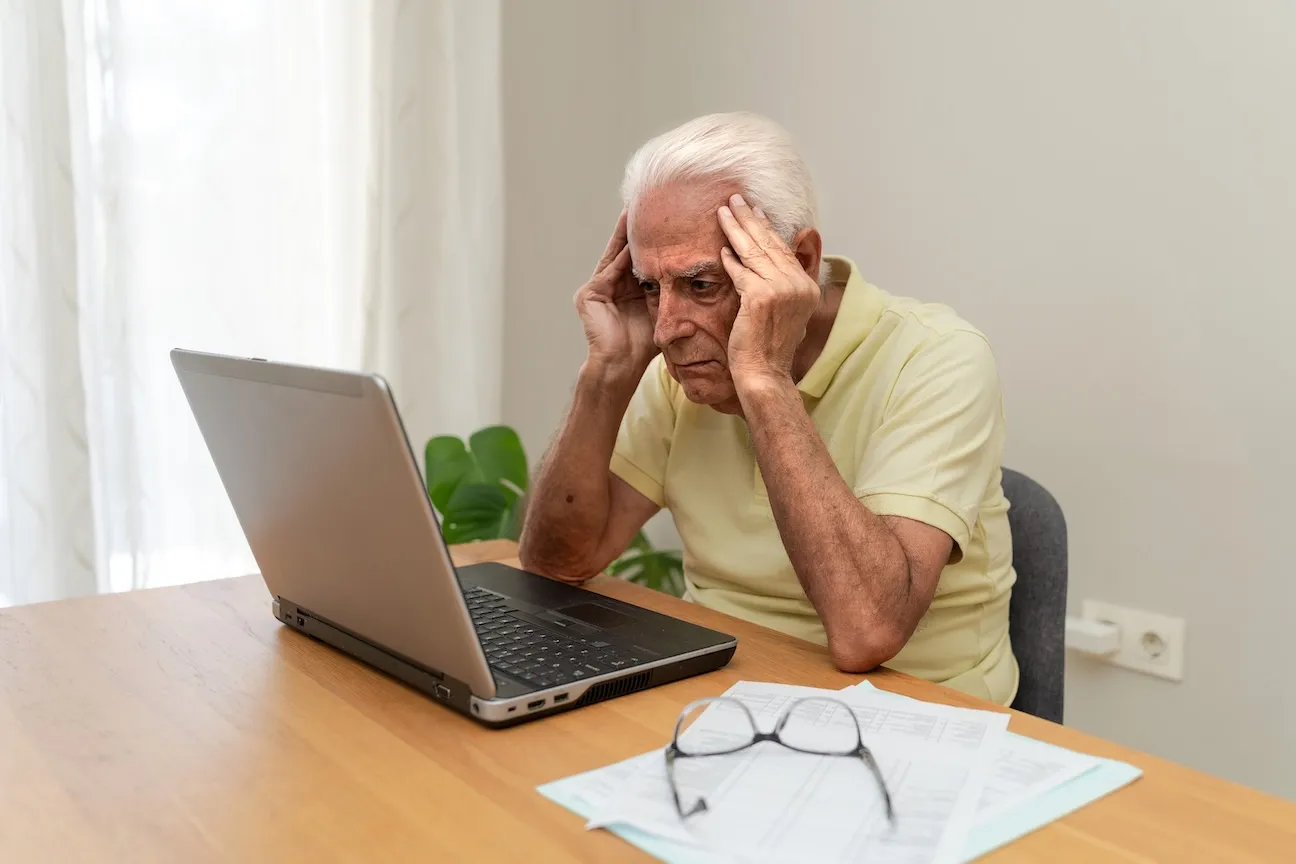Growing older often inspires dreams of travel, unhurried breakfasts, and long-awaited hobbies, yet the same life changes that free up your calendar can quietly thin your circle of friends. Retirement severs the daily chatter of office life, children scatter to distant cities, and mobility issues make spontaneous outings harder to pull off. Your body registers that shrinking network as a stress signal: stress hormones rise, inflammation follows, and the immune system begins to falter. In 2023, the U.S. Surgeon General labeled chronic loneliness a public-health threat on par with smoking and obesity because the physiological fallout reaches every central organ system.
The Biological Toll: Brain, Heart, and Beyond: Social connection is not a sentimental luxury but is woven into our biology. When meaningful interaction drops, the vagus nerve fires less often, leaving blood pressure higher for longer stretches; over time, extra pressure sculpts microscopic tears in artery walls, setting the stage for heart disease and stroke. Meanwhile, the hippocampus, our brain’s memory center, depends on steady social stimulation to generate new neurons late in life. Without it, cognitive reserve erodes, making dementia more likely. Inflammatory proteins such as C-reactive protein and interleukin-6 rise in lonely adults, accelerating arthritis, diabetes, and even some cancers.
Measuring the Risk: What the Research Says : Scientists have spent decades quantifying how dangerous isolation can be, and the numbers are sobering. A landmark meta-analysis reviewing more than 3.4 million participants found that weak social ties raise the chance of early death by roughly thirty percent, an effect size eerily similar to the risk of smoking up to fifteen cigarettes a day.
In 2024, researchers funded by the National Institute on Aging reported that seniors who described themselves as chronically lonely faced a thirty-one percent higher risk of developing any form of dementia than peers who felt connected. Separate analyses show that isolation increases the likelihood of heart disease by twenty-nine percent and stroke by thirty-two percent, underscoring that the threat is both neurological and cardiovascular.
The Financial Cost of Disconnection: Beyond human suffering, isolation drains public coffers. Federal actuaries estimate that loneliness among older adults adds roughly $6.7 billion in excess Medicare spending each year, mainly through more extended hospital stays and earlier nursing-home placement. Families bear hidden expenses as well, and Adult children may cut work hours to provide companionship or pay out of pocket for private caregivers when community resources fall short. Addressing social health is not just compassionate; it is fiscally prudent policy.

Understanding the barriers is half of the cure. Some hurdles are logistical: limited transportation, hearing loss that makes conversation exhausting, or neighborhoods without safe gathering spots. Others are emotional: grief after a spouse’s death can dampen the desire to reach out, while anxiety about new settings can keep invitations unanswered.
Technology, when unfamiliar, may feel like a maze instead of a bridge. Add societal trends, families living farther apart, online shopping replacing neighborhood errands, and routine interactions evaporate. Recognizing these layers helps tailor solutions that feel realistic rather than idealistic.
Creating Connection: Small Daily Habits with Big Returns: Protecting yourself starts with a simple inventory: count the genuine conversations you have in a week that last more than a quick “hello.” If the tally is low, aim to schedule at least one encounter each day, treating it with the same urgency as a medical appointment. A ten-minute phone call with a grandchild, coffee with a neighbor, or chatting with vendors at a farmers’ market feeds the brain and calms the stress response. Pairing social time with physical movement, such as mall walking groups or community gardening, does double duty, supporting cardiovascular health and connection. The key is consistency; friendship is like any muscle, strengthened through regular flexing.
Technology as a Bridge, Not a Barrier: While screens can never replace a warm handshake, they can widen the doorway when distance or mobility blocks in-person visits. Video chat platforms offer face-to-face familiarity without the travel; many senior centers now run weekly “virtual coffee hours” where members log on for guided conversation. Digital book clubs, language-learning apps with live tutors, and multiplayer puzzle games all provide structured social stimulation. If devices feel intimidating, community colleges, libraries, and AARP chapters often host free tech-confidence classes designed specifically for older adults. Mastering these tools does more than fill a calendar; it restores agency, allowing seniors to choose when and with whom to connect.
When Professional Support Becomes Part of the Circle: Persistent loneliness can drain motivation until self-help feels impossible. Primary-care physicians should screen for social isolation with the same seriousness as high blood pressure, then connect patients to counselors, caregiver-respite services, or evidence-based group therapies like cognitive behavioral therapy for loneliness. Geriatric care managers can map transportation resources and meal-delivery check-ins, while audiologists address hearing loss that muffles conversation. Sometimes the fix is structural: subsidized senior housing with communal kitchens and shared courtyards often organically sparks friendships. Professional support is not an admission of weakness but an investment in the social scaffolding that underpins healthy aging.
Social ties deserve a seat beside diet and exercise in every senior’s wellness plan. Mounting evidence shows they lower blood pressure, stabilize mood, sharpen memory, and extend life. Combatting loneliness rarely requires grand gestures; it grows from small, reliable acts, answering one extra phone call, joining one recurring club, greeting one new neighbor. Governments can boost this momentum by funding walkable public spaces and broadband access, but the heart of the solution remains personal. Each conversation is a dose of daily medicine, reinforcing the simple truth that humans heal best together. Choose connection today, and every heartbeat, laugh line, and memory yet to be made will thank you tomorrow.